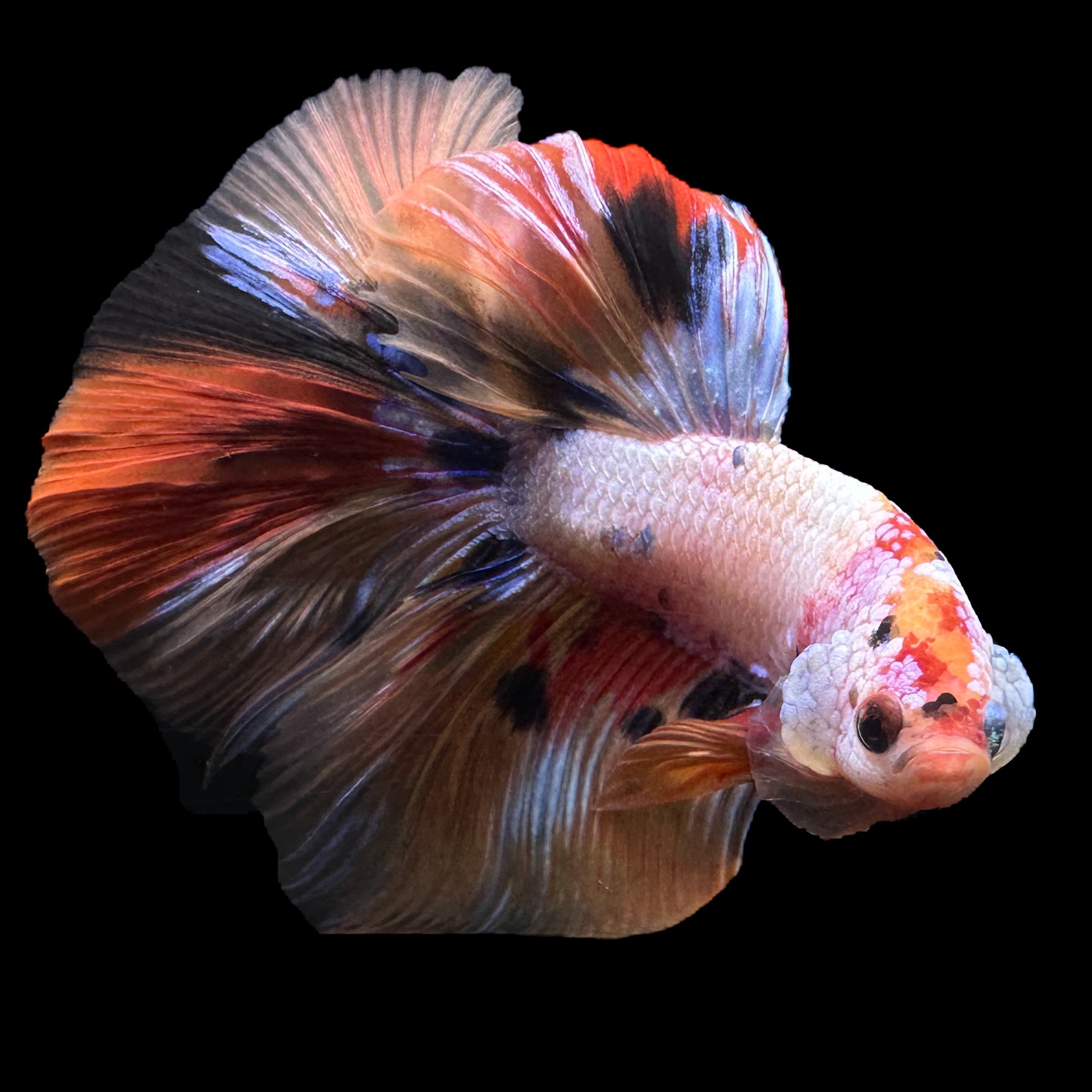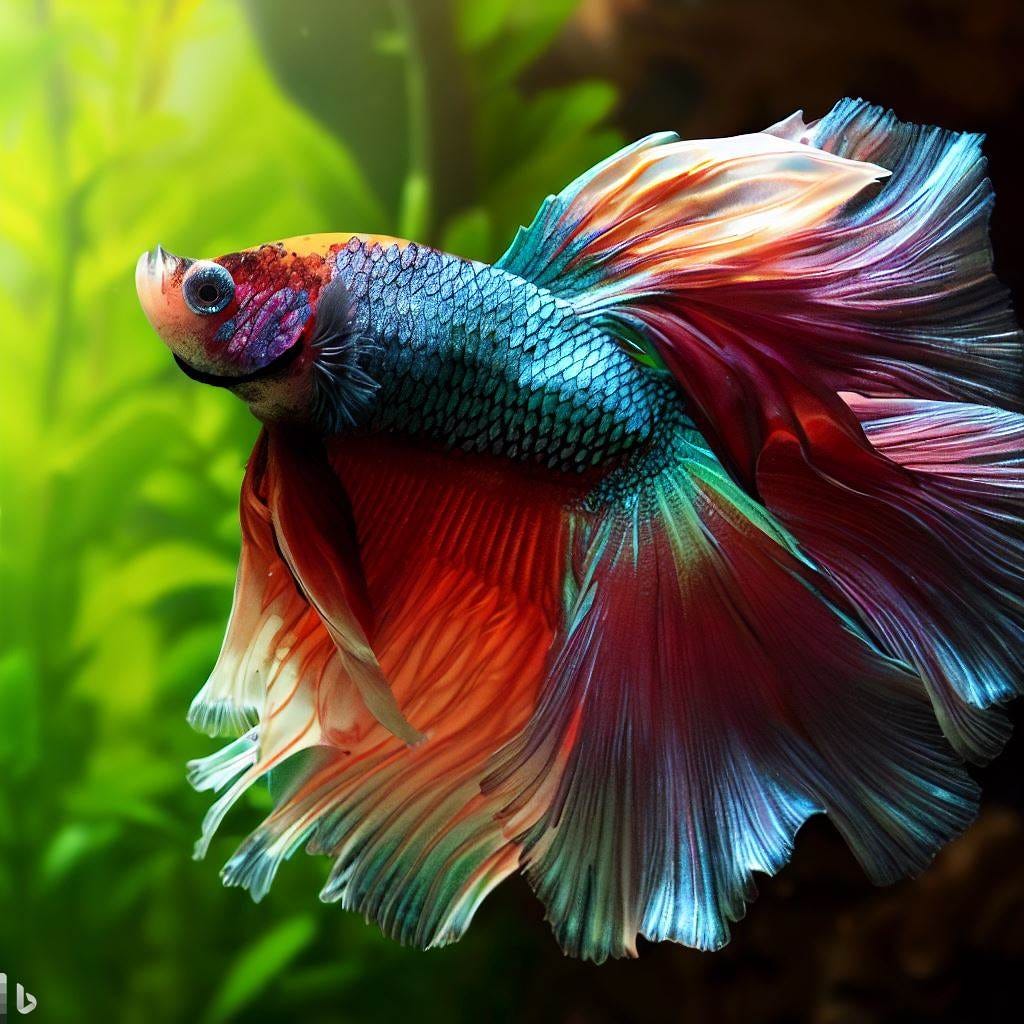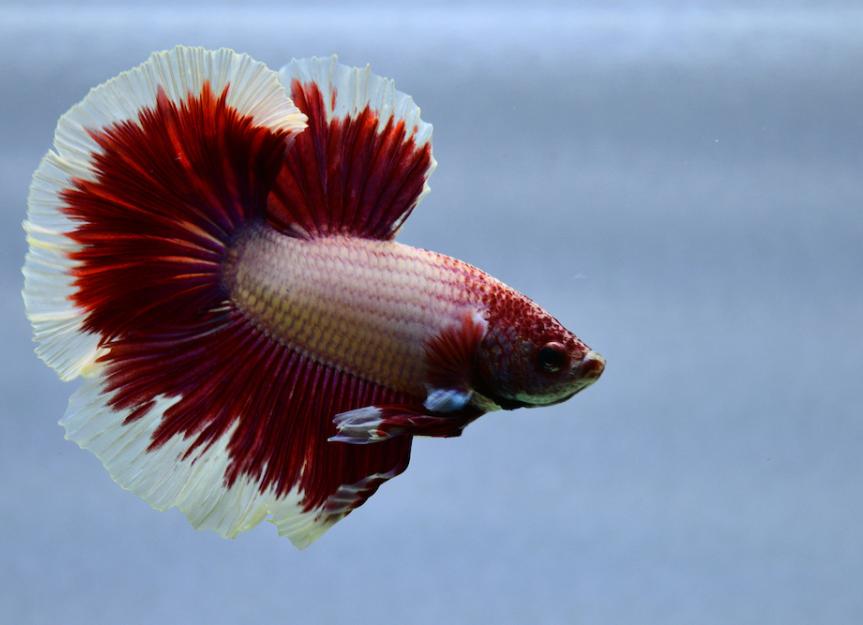Exactly how to Develop the Perfect Betta Fish Habitat in your home
Exactly how to Develop the Perfect Betta Fish Habitat in your home
Blog Article
Reproducing Betta Fish: a Comprehensive Step-By-Step Overview to Successfully Raising Baby Bettas From Eggs to Their Adult Years
Breeding Betta fish is a careful endeavor that requires mindful planning and implementation to guarantee the successful advancement of fry from eggs to mature fish. As the male Betta carefully constructs a bubble nest and guards the valuable eggs, the succeeding stages of treatment and transition need interest to information and knowledge of ideal techniques.

Selecting Breeding Pairs
When starting the trip of breeding Betta fish, picking the appropriate reproduction sets is essential to achieving preferable qualities and a healthy and balanced family tree - betta fish. The initial step in this process is to determine the details traits you want to boost or preserve, such as shade, fin type, and physique. It is vital to select genetically varied sets to prevent inbreeding, which can cause health concerns and undesirable features
Evaluate potential reproducing prospects carefully. A healthy and balanced male Betta needs to show lively colors, an energetic behavior, and well-formed fins, while the female ought to likewise present dynamic pigmentation and a rounded tummy, indicating preparedness for spawning. Observing the character of both fish is crucial, as hostile or excessively reluctant individuals might not reproduce efficiently.
Documents of lineage is similarly essential. Keeping records of the moms and dad fish's origins can assist you track genetic characteristics and possible issues. In addition, get in touch with reliable dog breeders or on the internet sources for support on selecting compatible pairs. Inevitably, investing time in the option procedure will considerably improve the probability of producing solid, vibrant children that meet your reproduction objectives (betta fish).

Preparing the Breeding Tank
Producing an ideal reproduction environment is a key action after picking suitable pairs for Betta fish. The reproduction container must be specifically developed to provide comfort and promote the natural breeding behaviors of the fish. Begin with a storage tank size of a minimum of 10 gallons to ensure appropriate room for both the man and women Bettas.
Keep a mild purification system to keep the water clean while avoiding strong currents that can emphasize the fish. Additionally, an air rock can be included in supply oxygenation without interfering with the water surface area as well a lot.
Temperature level law is essential; objective for a secure variety of 78-82 ° F(25-28 ° C) making use of a trusted heating unit. The pH degree must be maintained between 6.5 and 7.5, and routine water modifications are essential to make sure high water top quality.
Integrate floating plants or generating sponges to create concealing areas for the woman, while additionally encouraging bubble nest structure by the male - betta fish. Lastly, make certain the tank is totally free from sharp decors and any prospective threats, as the well-being more tips here of the fish need to always be focused on during this critical phase of breeding.
The Reproduction Refine
Typically, the reproducing procedure for Betta fish entails a series of distinct and observable actions that suggest readiness for reproduction. The male Betta begins by constructing a bubble nest at the water's surface area, which works as a site for the fertilized eggs. This nest is vital, as it supplies a secure environment for the eggs until they hatch out.
When the nest is developed, the male find out here will show courtship behaviors, such as flaring his fins and displaying dynamic shades to draw in the lady. The female, upon noticing the male's preparedness, will respond by showing upright stripes along her body, signifying her receptiveness.
When the women methods, the male participates in a mating dancing, often causing an embrace referred to as the "spawning." During this welcome, the female launches her eggs, which the male fertilizes promptly. The fed eggs after that are up to the bubble nest, where the male meticulously collects and returns them to the nest. Following this, the male assumes obligation for securing the nest and ensuring the safety of the eggs until they hatch, normally within 24-36 hours. This stage is crucial in the breeding process, laying the structure for effective fry growth.
Taking Care Of Betta Fry
Looking after Betta fry calls for cautious focus to their atmosphere and nutrition to make certain healthy growth and development. After hatching out, Betta fry are exceptionally small and susceptible, requiring a steady and tidy habitat. Preserving a water temperature between 78 ° F and 80 ° F is important, as Betta fry flourish in cozy conditions. In addition, guarantee that the water is without harmful toxic substances; regular water changes of 10-20% are recommended to preserve ideal water top quality.
Feeding Betta fry is equally important. Feed them tiny amounts a number of times a day, being careful not to overfeed, which can lead to water top quality problems.
Transitioning to Grownup Bettas
As Betta fry fully grown, transitioning them to grown-up Bettas is a vital stage that calls for cautious management of their environment and social interactions. This procedure commonly begins when the fry get to around 6 weeks of age, view whereupon they can be progressively introduced to an extra organized living environment.
To facilitate this shift, it is important to ensure that the water criteria-- such as temperature, pH, and ammonia degrees-- are optimal and stable. Grown-up Betta fish prosper in cozy water (around 78-80 ° F) with a pH of 6.5 to 7.5. Gradually accommodate the fry to these problems to reduce stress.
Social interactions are one more essential variable; male Bettas are notoriously territorial and aggressive. It is a good idea to separate men into specific storage tanks as they mature. Women Bettas can be housed with each other, but treatment needs to be taken to keep an eye on for signs of aggressiveness.
Furthermore, nutritional adjustments need to be made as the fry grow. Incorporate high-grade pellets and live foods to support their growth and health and wellness. By handling these elements successfully, you can advertise a successful transition to adulthood for your Betta fish.

Verdict
Successful reproduction of Betta fish calls for cautious attention to detail throughout the whole process, from choosing genetically varied pairs to giving optimum care for fry. Additionally, a balanced diet regimen and gradual adaptation to grown-up atmospheres are vital for the growth and advancement of Betta fish.
Report this page